- Joined
- Nov 24, 2022
- Messages
- 49
Hello friends,
I've just been curious about Star Length out of the GIA suggested range (45-65%) and did some search about it and found two nice articles, and I would be happy to know your opinions.
in the following charts, WLR stands for "Weighted Light Return" which indicates overall Brilliance
and DCLR stands for "Dispersed Colored Light Return" which is a metric for Fire
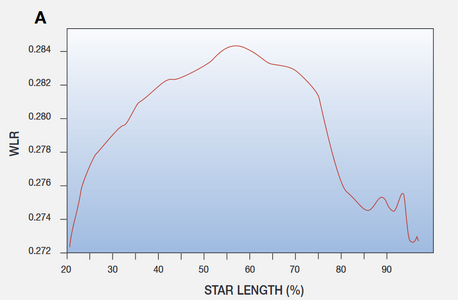
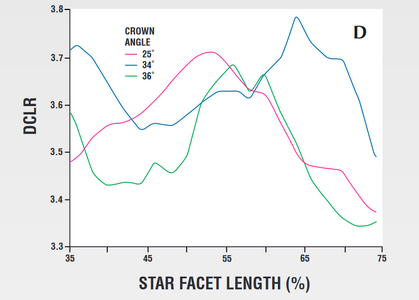
The following statements are about Diamonds with a Main Crown of 34-35 degrees
it's obvious that there is not a big loss if we go for a Star length out of the GIA accepted range; for example, a Star length of 65-70% and also 35-40% seems almost as good or better than a Star length of 50%
I also questioned that maybe the physical appearance of the diamond would be not well balanced if we go for something other than 45-65% which GIA said, but by some virtual designing I saw no big downside if we use shorter or longer stars (at least I think like that)
So, this would be great if you share your experiences with real and virtual diamonds with star lengths of 65-70% or 35-40%
any advantage/disadvantage related to the Upper Girdle/Star length you spotted?
I appreciate it if experienced friends participated in this topic, please
@Serg @Garry H (Cut Nut) @oldminer @0-0-0 @Karl_K
References:
I've just been curious about Star Length out of the GIA suggested range (45-65%) and did some search about it and found two nice articles, and I would be happy to know your opinions.
in the following charts, WLR stands for "Weighted Light Return" which indicates overall Brilliance
and DCLR stands for "Dispersed Colored Light Return" which is a metric for Fire


The following statements are about Diamonds with a Main Crown of 34-35 degrees
it's obvious that there is not a big loss if we go for a Star length out of the GIA accepted range; for example, a Star length of 65-70% and also 35-40% seems almost as good or better than a Star length of 50%
I also questioned that maybe the physical appearance of the diamond would be not well balanced if we go for something other than 45-65% which GIA said, but by some virtual designing I saw no big downside if we use shorter or longer stars (at least I think like that)
So, this would be great if you share your experiences with real and virtual diamonds with star lengths of 65-70% or 35-40%
any advantage/disadvantage related to the Upper Girdle/Star length you spotted?
I appreciate it if experienced friends participated in this topic, please
@Serg @Garry H (Cut Nut) @oldminer @0-0-0 @Karl_K
References:
Last edited:


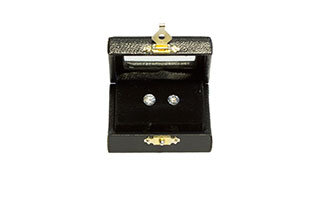

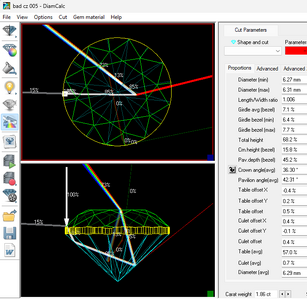
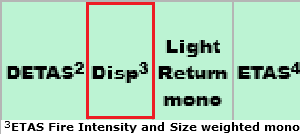


300x240.png)